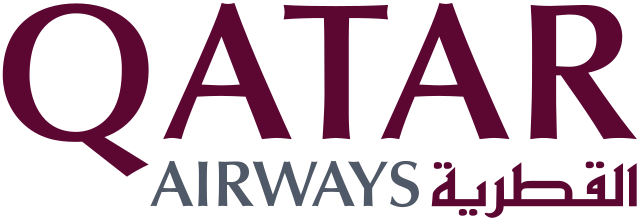Some years back, shortly after my mandatory National Youth Service year (NYSC), a smartly dressed young man walked into a pharmacy and requested to be sold a packet of tramadol hydrochloride, a potent analgesic, prescribed for moderate to severe pain, but which has become an unfortunate object of widespread abuse and addiction among many youths today. Being a prescription-only-medicine (POM), and a drug of widespread abuse, we made sure only pharmacists dispensed it to clients, even when presenting with a prescription, thus he was referred to the pharmacist on duty which happened to be me.
He presented his request, and I asked for his prescription; he had none. Being a peak client flow period, and with others waiting, I wanted to dismiss him as quickly as possible, so I refused to give him the drug and asked him to see a physician, get a prescription before he can get the drug. As he turned to walk out of the office, a bell rang in my head; “If he is abusing the drug, you are throwing away a golden opportunity to set him on the right course.” I called him back and we had a lengthy and fruitful discussion that resulted in him being weaned off the drug in about three weeks – from 200mg daily to 0mg in three weeks without the need for institutionalization. The story of how he started using the drug is for another day, but it emphasizes the damage the lack of collaborative efforts is doing to and in the health sector.
The storm regarding the BBC documentary on codeine abuse in Nigeria is still fresh and needs no introduction. The events that produced the thoughts put into this piece are borne out of that storm. While the storm was still tearing down roofs and uprooting trees, I asked myself one question; “are we pharmacists doing enough to prevent drug abuse, or to get abusers off drugs?” I had to answer in the negative, we are not doing enough.
To test my suspicion, I visited some community pharmacies to find out what we pharmacists do when a client walks in requesting to be given (without prescription) a drug with potential for abuse. I went to five pharmacy offices where I am not known as a pharmacist and asked to be given tramadol 100mg, the answer I got was almost like it was taught and rehearsed in pharmacy school, “without prescription, I can’t sell you that drug” or one of its variants. None tried to chat with me to find out if I am abusing/addictes the drug and what needs to be done about it. Please note, the number of pharmacists’ offices visited is very minute and one cannot, therefore, use this in making a general statement with confidence, but for the fact that all of them did the same thing is worrying. The good news is, NO pharmacist was willing to release the drug without prescription; we know, love and uphold our ethics.
But are we pharmacists doing enough? No! We have contact with several clients in our offices every day, some with requests that should push us to investigate further to see if addiction is at play, but we don’t. We just do what the law requires of us (do not dispense a POM without a prescription) and leave it at that! In this lies the many opportunities we allow to slip by, opportunities that if harnessed will chisel a small piece off the big rock of addiction. This is not to belittle the excellent work pharmacists do. It is not to count as worthless the efforts of the many pharmacists who work tirelessly day and night, even putting themselves in harm’s way, to ensure we have a society free of drug abuse and addiction. It is to let us know, every pharmacist can make a difference; every one of us can be involved in our offices, each of us can contribute a minute effort that will eventually break and shred to powder the big rock of addiction threatening to crush our youths and destroy our nation’s vibrant tomorrow.
We can do more, because we have a unique skill set and a strategic location. In my few years of practice, I have had the opportunity to work with four (4) young men who were willing to be helped out of addiction and successfully taken them off drugs. I got to know they were addicted when they asked for the drug and during interaction, could not produce a coherent and cogent reason for needing the drug. So when probed, they admitted their inability to function without taking their daily quota, a goal post their bodies kept shifting. I have lost contact with two, but the other two are still clean, as far as I can tell. This experience is a mere drop in the ocean, but it shows as pharmacists, we can help have a drug free society; and do it without the need for building and maintaining expensive rehabilitation centers.
Pharmacists, as custodians of drugs needs to be at the forefront in detecting clients addicted to drugs and working out modalities to help get them off the drugs. These modalities may involve counselling in our offices, follow up to ensure relapse does not occur, referral to rehabilitation centers where circumstances call for it. Other services may be rendered depending on the peculiarity of the individual(s) involved.
Are we doing enough as pharmacists? We can do more.
Pharm AMENE Terhemen
08154230654
 Secret Reporters No place to hide
Secret Reporters No place to hide








